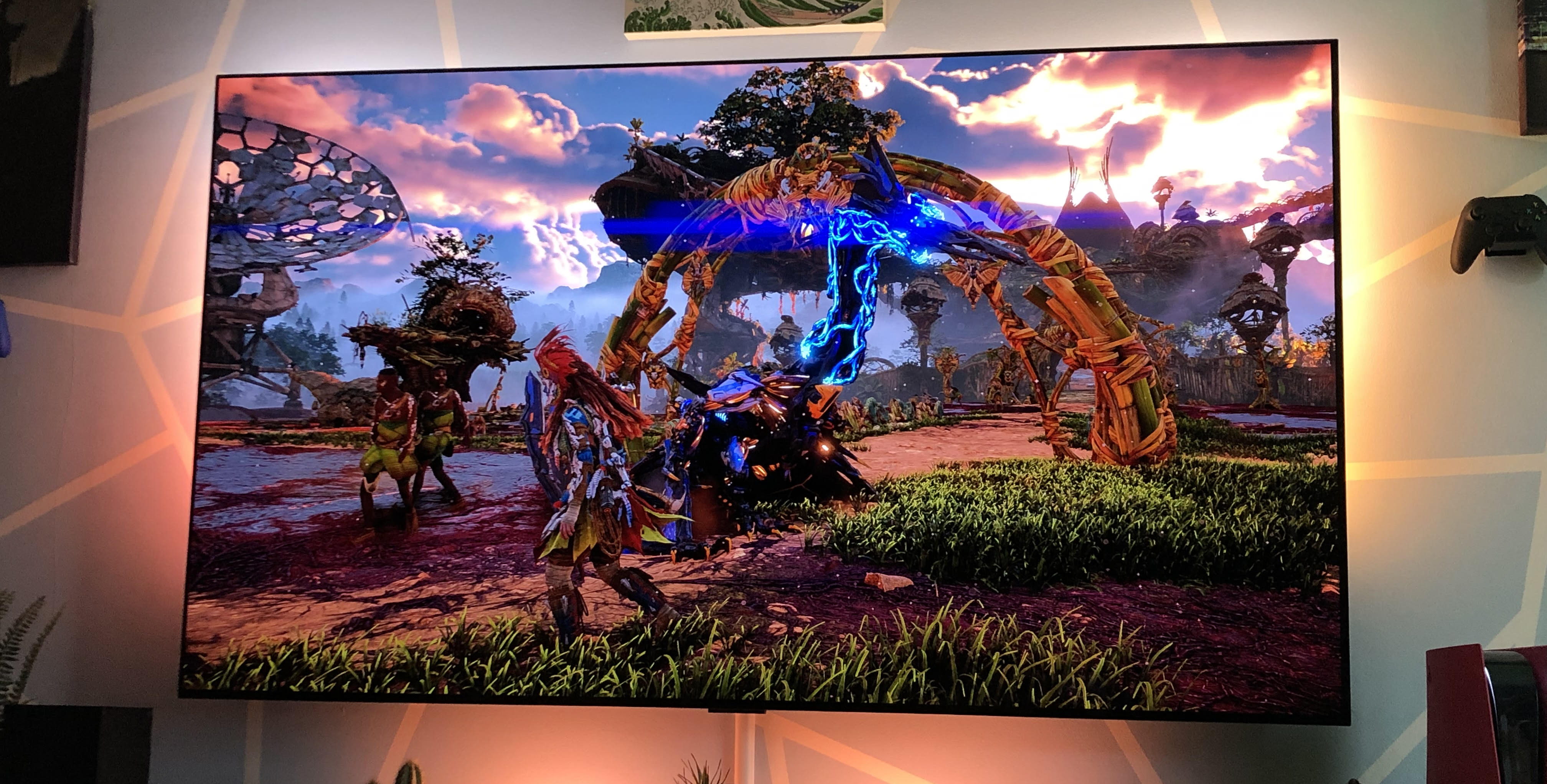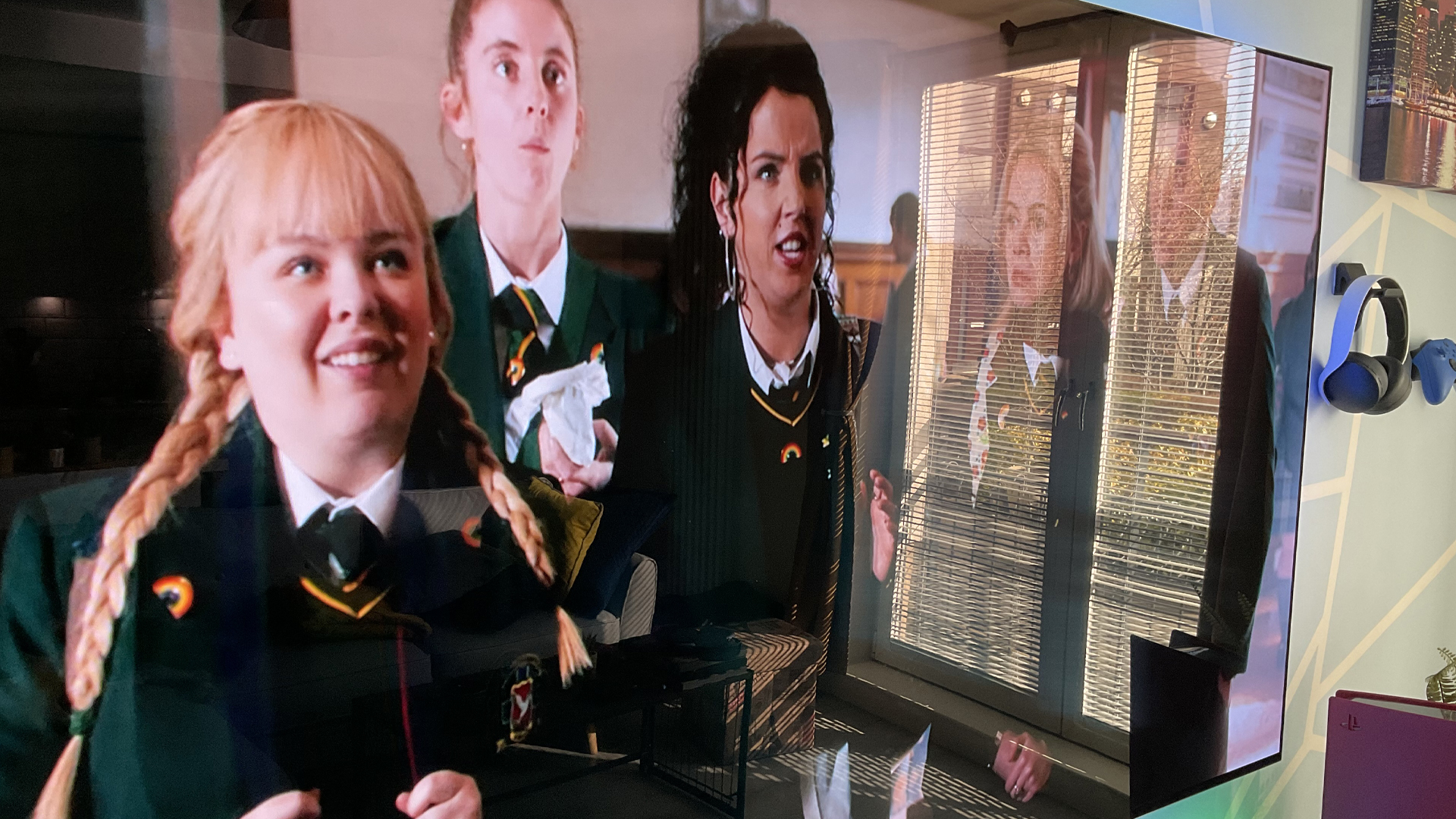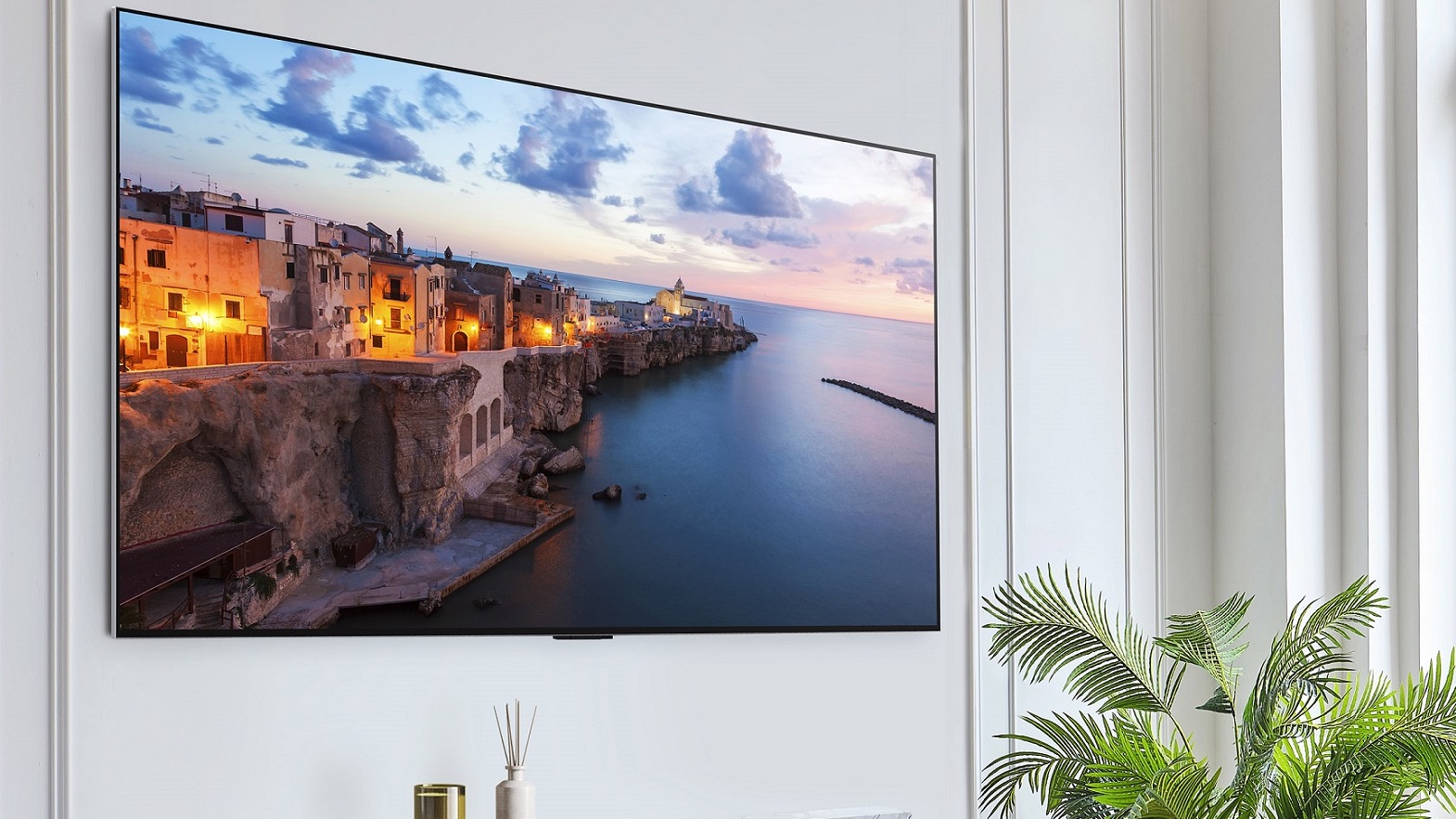The end for regular OLED TVs is nigh
The most basic type of OLED TV tech is getting squeezed from all sides

OLED TVs were an absolute game-change for me, as an ardent movie and gaming fan. Their pixel-perfect contrast, true black tones, and impressive responsiveness have given me so many excellent experiences over the eight years since I switched to the tech. But as I see the new generation of TVs arriving, it seems clear that the version of the technology I've loved so far is on its way out.
Make no mistake: I adore the best OLED TVs. Seeing as I bought the LG C2 OLED on launch day – TechRadar’s number one choice for the best 4K TV available for most people today – the idea that I want traditional W-OLED panels to die should be heresy. Still, when the future of new OLED technologies looks so bright, I think I’m okay with playing the role of Harry Heretic.
First, and explainer: W-OLED is the technology used in the vast majority of OLED TVs to date. It means the screen uses white light in addition to red, green and blue light to increase brightness – but this has the effect of making colors a little less pure, and in its simplest form it still isn't as bright as a good-quality LED TV.
Dim and Dimmer
This underlying weakness of the tech means that bright LED or mini-LED TVs, such as the best Samsung TVs, stand out more prominently in store windows compared to classic OLED screens. It’s also the reason OLEDs are less suitable for consumers whose living rooms turn into suntraps on even moderately bright days, because the brightness isn't high enough to punch through visible reflections.
A couple of years ago, I recommended the LG CX OLED to a friend who had recently moved house. His initial feedback after buying the TV? He could barely make out the on-screen action of his favorite racing games because his OLED was so reflective.
Granted, these complaints came from someone who used a cardboard box as a TV stand and viewed content in a southern-facing lounge that turned brighter than the surface of the sun as soon as the rays started pouring in. Still, he had a point: classic OLEDs like the CX have long suffered from a brightness problem, and even the C2 from 2022 is only a little brighter than that TV.

Evolutions in anti-glare screen tech lsuch as the ‘Vanta Black’ polarizer, which features in the likes of the upcoming Philips OLED+908, can help increase perceived brightness. Trouble is, this reflection-slaying tech is currently exclusive to ultra-expensive high-end screens.
The future for old school OLEDs isn’t helped by new screen tech being championed by Samsung and Sony. Ever since the former released its first QD-OLED TV (last year’s superb Samsung S95B), it’s been hard to shake the feeling that classic OLED TVs’ time might be up.
By using a blue layer of OLED pixel underneath an extremely efficient quantum dot filter to change it to other colors, the S95B can hit over 1,000 nits of peak brightness in Standard mode, and in our early Samsung S95C review testing, we measured it at 1,374 nits. Compare this to the roughly 800 nits of the LG C2, and the future for standard W-OLED tech looks dim in every sense.
Which is not to say the basics of W-OLED TVs don't have a future, but only in an adapted and evolved form. The new LG G3 OLED features a Micro Lens Array panel, where billions of microscopic lenses are used to focus the light of the OLED pixels to massively improve brightness, as well as new brightness-managing software system, and the Vanta Black reflection reducer. It's a totally different beast, even though it has the same kind of pixel structure underneath.
LG says the G3 can reach 1,470 nits in the same kind of real-settings test we did on the Samsung S95C. With the same kind of panel coming to the Panasonic MZ2000 and Philips OLED+908, there's going to be an array to TVs this year blasting to nearly double the brightness of the more traditional OLED panels we've been living with so far. And are still living with for now: the LG C3 OLED looks like it'll be only as bright as the C2. It'll come a premium price, but it'll feel old-fashioned compared what else is available, especially if the cheaper QD-OLED Samsung S90C comes close to it for price.

As an underlying tech, OLED has always been about pushing the envelope. There’s no denying the likes of LG, Samsung and Sony – the latter’s new A95L QD-OLED looks like a stunner – are all taking OLED to a brighter, more vibrant place.
The traditional OLED panel with its middling brightness is caught in a pincer movement. With mini-LED TVs falling in price rapidly every year, and getting closer and closer to OLED levels of precision in contrast while still delivering high levels of brightness, they're getting hit from one side. QD-OLED will deliver more brightness and rapidly get cheaper on another side. And Micro Lens Array makes it look out-dated on the other side.
As these technologies flood in and fight for your cash, the simpler version of OLED looks like it'll be overrun by newer, shinier options. Unless it can be manufactured less expensively to compete with lower-cost QLED models, the beginning of the end is here for classic style of OLED TV.
Get daily insight, inspiration and deals in your inbox
Sign up for breaking news, reviews, opinion, top tech deals, and more.
Dave is a freelancer who's been writing about tech and video games since 2006, with bylines across GamesRadar+, Total Film, PC Gamer, and Edge. He's been obsessed with all manner of AV equipment ever since his parents first bought him a hideously garish 13-inch CRT TV (complete with built-in VCR, no less) back in 1998. Over the years he’s owned more plasma and OLED TVs than he can count. On an average day, he spends 30% of his waking existence having mild panic attacks about vertical banding and dead pixels.
